Human Horizons Joins Microsoft To Create Onboard AI Assistant For HiPhi
- By MT Bureau
- July 13, 2020

Human Horizons announced its strategic partnership with Microsoft to jointly develop an on-board AI assistant, the HiPhiGo, for HiPhi vehicles. The announcement was made at the World Artificial Intelligence Conference 2020 (WAIC 2020) held online this year.
Human Horizons is an innovative mobility company with HiPhi, a subsidiary brand, providing premium smart all-electric vehicles. Supporting the partnership, HiPhi and Microsoft are in discussion to establish a smart computing lab. This will be the latest addition to Human Horizons' '3 Smart' strategic blueprint (Smart Vehicle, Smart Road and Smart City) enhancing its next generation connected vehicles.
Combining different AI-driven applications to come together in a user-friendly manner is a challenge, which is where the partnership with Microsoft comes into play.
"Human Horizons has experience in design, engineering, intelligent systems and more, and has been at the forefront of innovation, with a comprehensive blueprint and successful practice in the integrated development of the vehicle, road and city ecosystem," says Dr Yongdong Wang, Global Senior Vice President of Microsoft (Asia) Internet Engineering.
"The strategic partnership with Microsoft will accelerate the development of our onboard digital AI assistant, HiPhiGo," says Ding Lei, CEO and founder of Human Horizons and HiPhi. "HiPhi, as a future-oriented innovative mobility company, and Microsoft, with its unique technological expertise, are outstandingly well-matched. Together, we will play a key role in shaping the future of automotive-mobility."
Using the onboard AI assistant, HiPhi will significantly optimise the connections between its vehicles, cloud-based platform, and user-centric services within the "vehicle-road-city" ecosystem. Microsoft has extensive technical expertise in computer voice and vision, natural language processing, and search engine database. This includes Microsoft's text to speech technology, based on deep neural networks, that is comparable to human speech. The application of such technologies will provide seamless and engaging human-machine interaction.
The HiPhiGo AI assistant will also allow HiPhi to leverage mobility services across its entire portfolio, providing new services and solutions such as in-car consumer experiences, telematics, and the ability to securely connect data between the car and its occupants.
AI is an inevitable process of the further development of new-generation information technology (IT), also a global-concerned direction of deep integration of IT and economic and social development.
In the future, the solutions developed through this partnership will be rolled out to other HiPhi products, building the foundation for all customer-centric services of the brand. HiPhi 1, the first product of the HiPhi brand, will reach small volume production by the end of 2020 and official deliveries in 2021. (MT)
AJAX Engineering Deploys AI-Based Personalised Video To Support Dealer Network
- By MT Bureau
- October 09, 2025
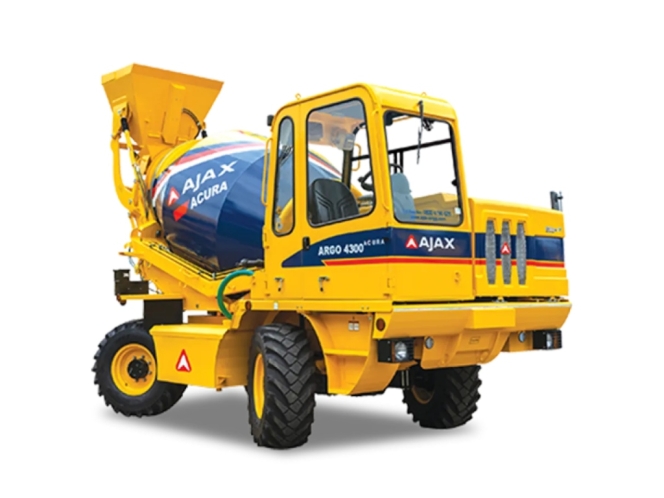
AJAX Engineering, a leading manufacturer in the construction equipment sector, has begun trialling a new method of connecting digital sales leads with its dealer network using personalised video messages. The project uses the IMPACT platform from AiVANTA to automate the process.
The initiative addresses the challenge dealers face in converting online inquiries, which often lack context. AJAX now sends each incoming lead a short, automated video containing the customer's name, the product they are interested in and contact details for the closest dealer, including a Google Maps link. The videos are available in regional languages and offer quick actions such as calling the dealer, booking a demonstration, or requesting details.
Delivered immediately via WhatsApp and email, the videos allow dealers to respond to customers with context. Early results indicate the communication can improve conversion rates from leads and increase visits to dealerships.
Karan Ahuja, Co-founder and CEO, AiVANTA, said, "Our collaboration with AJAX Engineering demonstrates how personalized, tailored video communication can transform dealer ecosystems. By bringing personalisation and regional accessibility into the lead journey, we are helping OEMs and dealers work in closer alignment to serve customers better."
The move by AJAX reflects a growing trend in dealer-led industries to use digital engagement tools to support physical interactions. By linking online inquiries and dealership visits, AJAX intends to improve customer experience and help dealers achieve sales outcomes.
Ansys Partners With Maker Bhavan Foundation To Boost STEM Education In India
- By MT Bureau
- October 08, 2025

Ansys, now part of Synopsys, has formed a strategic partnership with the US-based non-profit Maker Bhavan Foundation (MBF) to enhance STEM education for students at Tier-2 engineering colleges in India.
The collaboration will grant students in MBF’s Tinkerers’ Labs – the supported makerspaces – access to cutting-edge simulation tools from Synopsys’ Simulation and Analysis portfolio, alongside the Ansys Learning Hub. This initiative is specifically designed to provide students in these institutions with resources that match those available at top-tier engineering colleges.
Under the new Synopsys-MBF Simulation Education Program, students and faculty at up to six selected institutions will initially receive academic teaching licences for Ansys' multiphysics simulation solutions.
Damayanti Bhattacharya, CEO, Maker Bhavan Foundation, said, “This collaboration levels the playing field for students who might otherwise be overlooked. Each lab equipped with world-class tools is a promise to these young engineers that innovation has no boundaries of geography or privilege.”
Beyond providing software, Ansys will offer technical mentorship, coordinate hackathons and workshops and support training for both faculty and students. MBF will manage the implementation, acting as the liaison between the institutions and Synopsys to ensure effective tool usage and track learning outcomes.
Mike Yeager, Area Vice-President, India and Japan, at Ansys, part of Synopsys, said, “We are proud to partner with MBF in building a strong talent pipeline for the future. By bringing global technology to local classrooms, we are empowering students in India to innovate and solve real-world problems.”
This initial one-year partnership is viewed as the start of a long-term plan, with both Synopsys and MBF intending to extend the engagement to more institutions if successful, thereby increasing the impact on India’s innovation ecosystem.
- Traffic Infratech
- Road Infratech
- Parking Infratech Expos
- Bharat Mandapam
- Raj Manek
- Messe Frankfurt Asia Holdings
- Centre for Development of Advanced Computing
- International Centre for Automotive Technology
- Jayprakash Nair
Asia’s Largest Traffic And Mobility Expo Opens In Delhi
- By MT Bureau
- October 07, 2025
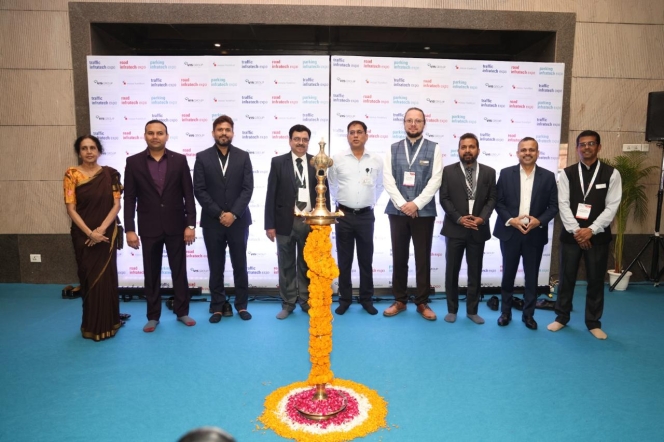
Asia’s largest integrated platform for traffic management, road construction and smart mobility solutions officially opened its doors today at the Bharat Mandapam, New Delhi. The combined Traffic Infratech Expo, Road Infratech Expo and Parking Infratech Expo are showcasing over 300 brands under the theme ‘Enabling Responsible Infrastructure and Mobility.’
The 2025 edition emphasises innovation, sustainability and collaboration, bringing together government officials, industry leaders and technology providers to address India’s rapidly evolving infrastructure needs.
Raj Manek, Executive Director & Board Member, Messe Frankfurt Asia Holdings, said, “At Messe Frankfurt India, our commitment to create platforms that don’t just showcase technologies but actively drive industry conversations and policy alignment. Traffic Infratech Expo has evolved into an ecosystem where government, industry leaders and innovators converge to shape the future of mobility. This year’s edition, with its scale and focus on responsible infrastructure, reflects India’s ambition to lead in safe, sustainable and technology-driven transport solutions.”
A key focus of the expo is ‘Transforming Transportation for the Future,’ with several high-level discussions planned on supporting home-grown technology solutions.
The event will host a significant Memorandum of Understanding (MoU) signing between the Centre for Development of Advanced Computing (CDAC) and the International Centre for Automotive Technology (ICAT) to accelerate indigenous technology development within the automotive sector.
Jayprakash Nair, Managing Director, Virtual Info System (VIS Group), said, “Over the years, Traffic Infratech Expo has become a catalyst for change in India’s transport and mobility landscape. Together with Messe Frankfurt India, we have built a platform that drives industry and government collaboration. Technology providers, product manufacturers, government associations, infrastructure, and policymakers are converging at the expo to discuss the real challenges and solutions needed. The 2025 edition is particularly significant as it not only introduces next-gen product categories but also brings multiple agencies and stakeholders to the table, reinforcing the show’s role as a driver of innovation and progress.”
The expo is supported by several key government bodies, including the Ministry of Road Transport and Highways (MoRTH) and the National Highways Authority of India (NHAI), and will feature the Smart Mobility Conference to enable in-depth policy discussions. The two-day event is set to host over 20 new product launches and facilitate B2B and B2G networking.
Aston Martin Aramco Formula One Team’s Lance Stroll Visits Cognizant Campus In Hyderabad
- By MT Bureau
- October 06, 2025
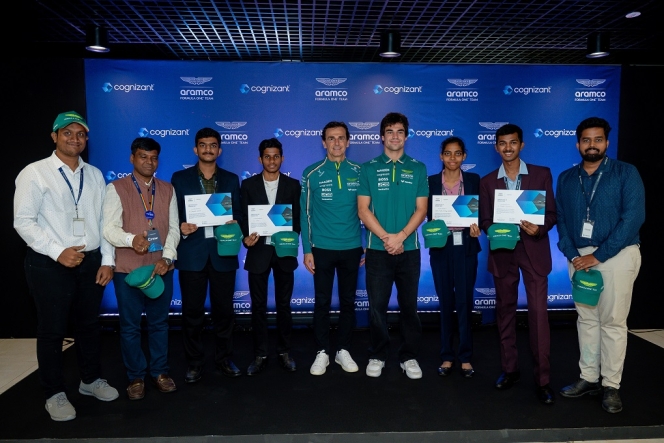
Cognizant hosted Aston Martin Aramco Formula One Team driver Lance Stroll and driver ambassador Pedro de la Rosa at its GAR campus in Hyderabad. The visit was part of 'Celebrating Cognizant', a series of sporting and cultural activities for company associates.
Lance and Pedro met with Cognizant’s leadership team and hundreds of associates, discussing how Cognizant’s digital expertise supports the team, especially ahead of the 2026 regulations.
Lance Stroll, said, "It was a pleasure to visit the Cognizant offices in Hyderabad and meet so many of the team. Hearing first-hand about Cognizant’s technology and services was valuable and we felt incredibly welcomed by everyone we met.”
Rajesh Varrier, President – Global Operations and Chairman & Managing Director, Cognizant India, said, “Today’s celebration with Lance is a proud moment for our associates and a powerful reminder of how far we have come in shaping the future of the Aston Martin Aramco Formula One Team through innovation. I am inspired by what we have achieved together and optimistic about the promise this partnership holds for the future.”
A fireside chat with Lance, Pedro, and Rajesh underscored the role of technology in F1 and the Cognizant partnership. The drivers engaged with associates in a Q&A session.
In addition to the visit, Cognizant hosted a virtual hackathon for nine teams from three organisations supported by its Outreach programme. Participants developed low-code or code-based solutions to make the team’s Ai.lonso avatar into an engaging digital companion for fans. The top two teams won cash prizes and met Lance and Pedro.
Cognizant began its partnership with the Aston Martin Aramco Formula One Team in 2021. The technology company acts as the team’s digital transformation partner, improving IT infrastructure and daily operations.


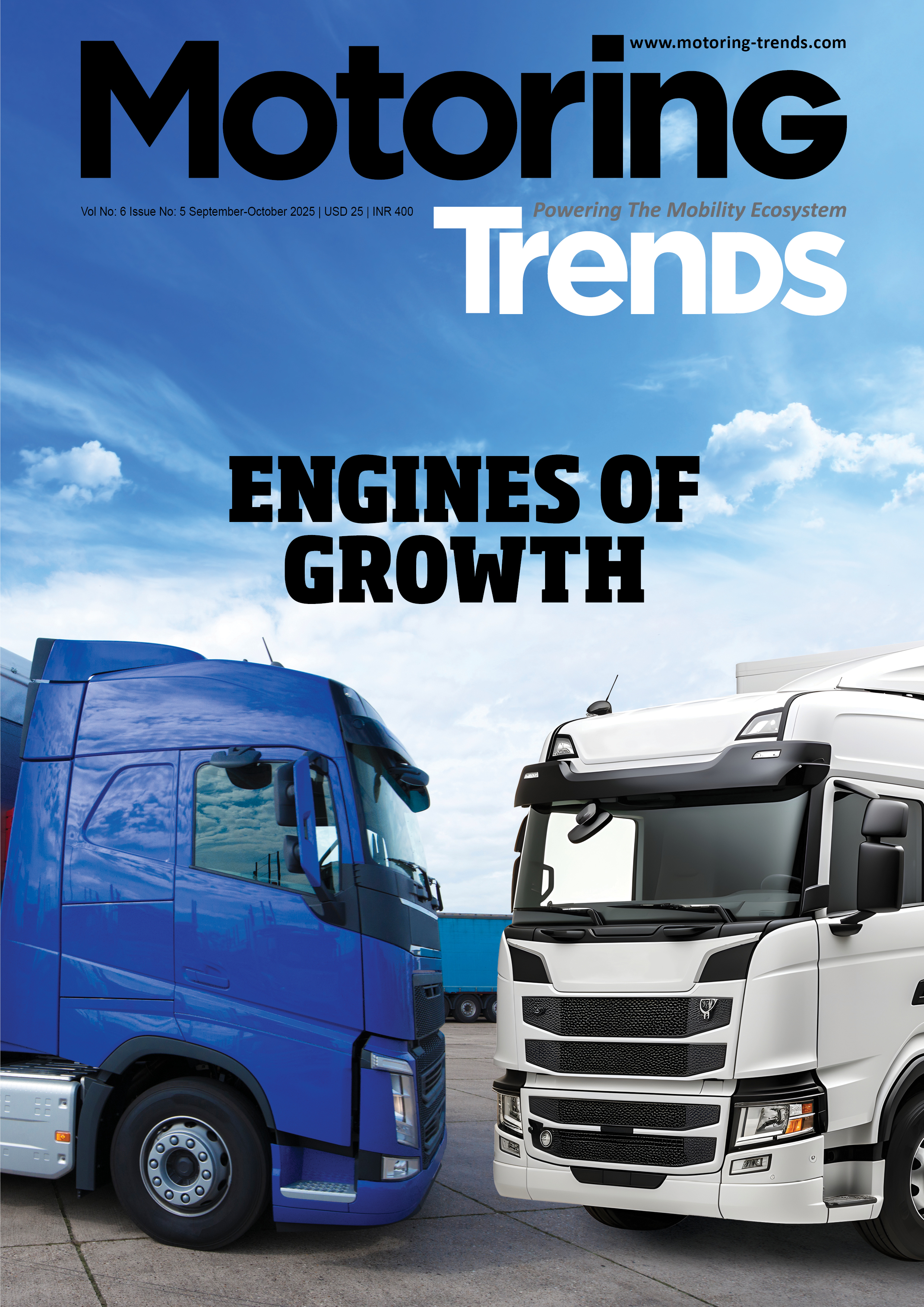

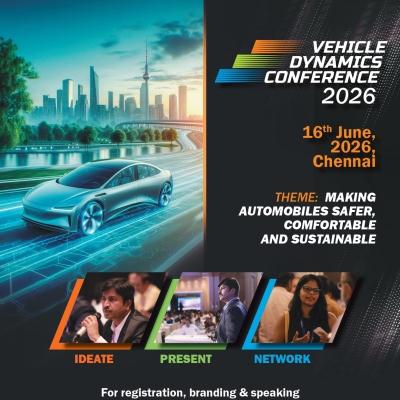

Comments (0)
ADD COMMENT